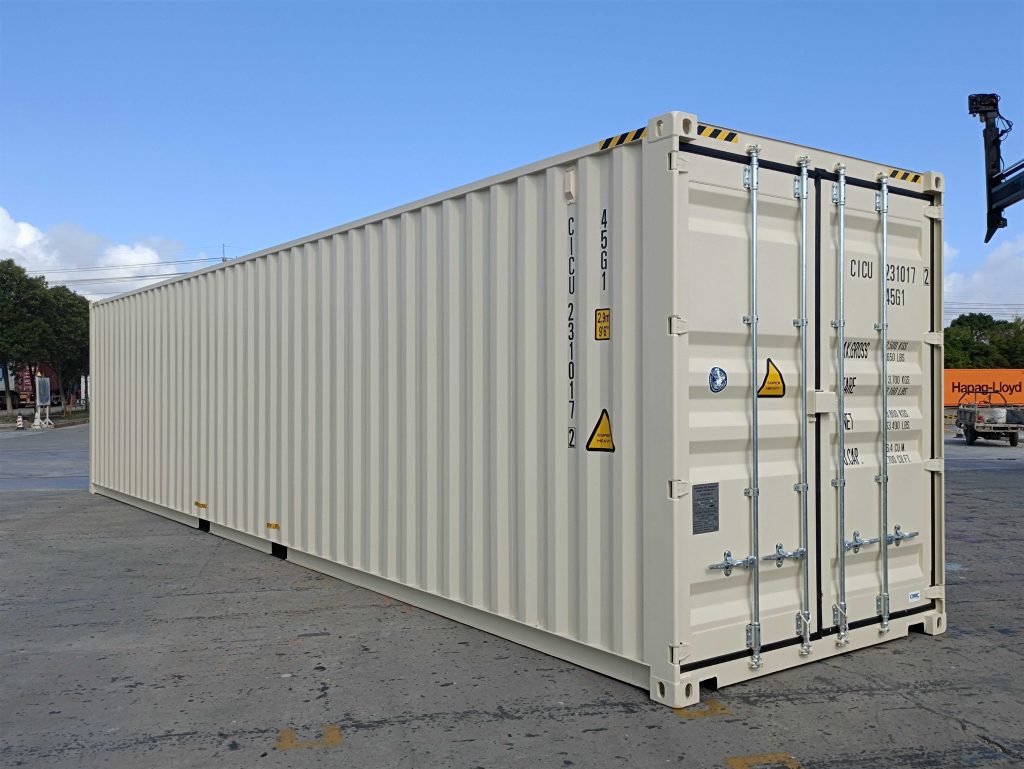Understanding 20 Ft Container Dimensions: A Comprehensive Guide
Shipping containers have actually ended up being the foundation of global trade, allowing organizations to transport items efficiently across countries and continents. Among the numerous sizes available, the 20-foot container is among the most popular options due to its flexibility and functionality. This post aims to supply an in-depth overview of 20 ft container dimensions, their specifications, and often asked concerns surrounding them.
Introduction of 20 Ft Containers
The 20 ft container, formally referred to as a TEU (Twenty-foot Equivalent Unit), is generally made use of in shipping and transport of products. Its dimensions might somewhat vary depending on the producer and purpose, but the general requirements remain relatively consistent across standard designs.
General Dimensions
Below is a table summarizing the key dimensions of a standard 20 ft shipping container:
| Dimension | Measurement (Feet) | Measurement (Meters) |
|---|---|---|
| External Length | 20 ft | 6.058 m |
| External Width | 8 ft | 2.438 m |
| External Height | 8.5 ft | 2.591 m |
| Internal Length | 19.4 ft | 5.898 m |
| Internal Width | 7.7 ft | 2.352 m |
| Internal Height | 7.9 ft | 2.385 m |
| Maximum Payload | 28,200 pounds | 12,700 kg |
| Volume | 1,172 cu ft | 33.2 cbm |
Variations of 20 Ft Containers
While the basic 20 ft container is extensively used, numerous variations deal with particular requirements:
High Cube Container:
- Height: 9.5 ft (2.896 m)
- Offers extra vertical space, making it ideal for light-weight however voluminous cargo.
Reefer Container:
- Temperature-controlled for perishable goods.
- Dimensions might differ however generally match standard containers in length and width.
Open Top Container:
- Designed for oversized cargo that can not fit through basic doors.
- Comes geared up with a detachable tarpaulin covering.
Flat Rack Container:
- Used for carrying heavy machinery and large products.
- Has no sides or roof, offering flexibility in loading.
Tank Container:
- Used for transporting liquids.
- While it generally shares the 20 ft frame, the internal geometry varies considerably.
Advantages of Using 20 Ft Containers
- Flexibility: Suitable for different kinds of cargo, from equipment to textiles to perishables.
- Economical: Cheaper than bigger containers, making it a great choice for small deliveries.
- Easy Handling: Standard size permits for simpler loading and discharging in numerous transport methods.
- Stackable: Designed to be safely stacked, optimizing area during transport.
Regularly Asked Questions
Q1: What is the maximum weight a 20 ft container can hold?
The maximum payload for a standard 20 ft container is normally around 28,200 lbs (12,700 kg). However, 20ft Container Weight to note that weight limitations can differ depending upon regulations in different countries.
Q2: How numerous pallets can fit in a 20 ft container?
Typically, a 20 ft container can accommodate around 10 standard pallets (48 inches x 40 inches) when filled efficiently.
Q3: Can I lease a 20 ft container, and how much does it cost?
Yes, lots of shipping business use container rental services. The expense can differ considerably based on place, period, and condition of the container. Usually, leasing a 20 ft container might vary from ₤ 100 to ₤ 300 each month.
Q4: Are there standard colors for shipping containers?
Shipping containers can come in numerous colors, although many are painted in standard colors like green, blue, or beige. The color often suggests ownership by shipping business.
Q5: How do I identify if a container appropriates for my cargo?
Ensure that the container's internal dimensions and rankings match the requirements for your specific cargo. Elements to consider include weight, volume, and the need for temperature control.
20 ft containers act as an important component in international shipping and logistics. Their basic dimensions, combined with the schedule of variations to suit diverse shipping requirements, make them a popular choice amongst businesses. Comprehending these dimensions, in addition to the benefits and limitations of 20 ft containers, can significantly improve logistical choices for business and individuals alike.
Whether you're in the market to lease, buy, or just inquiring, geared up with the right understanding ensures you can deal with the intricacies of shipping with confidence.

